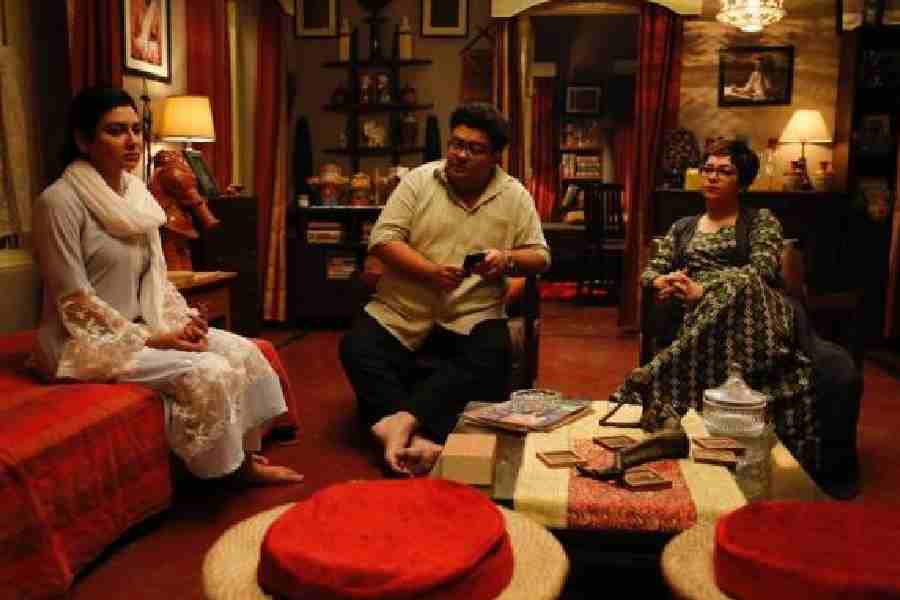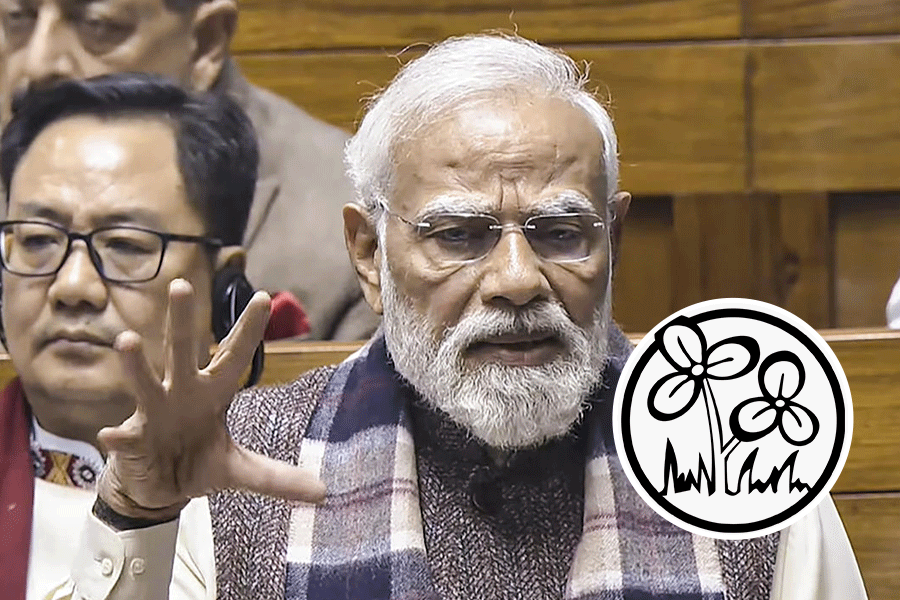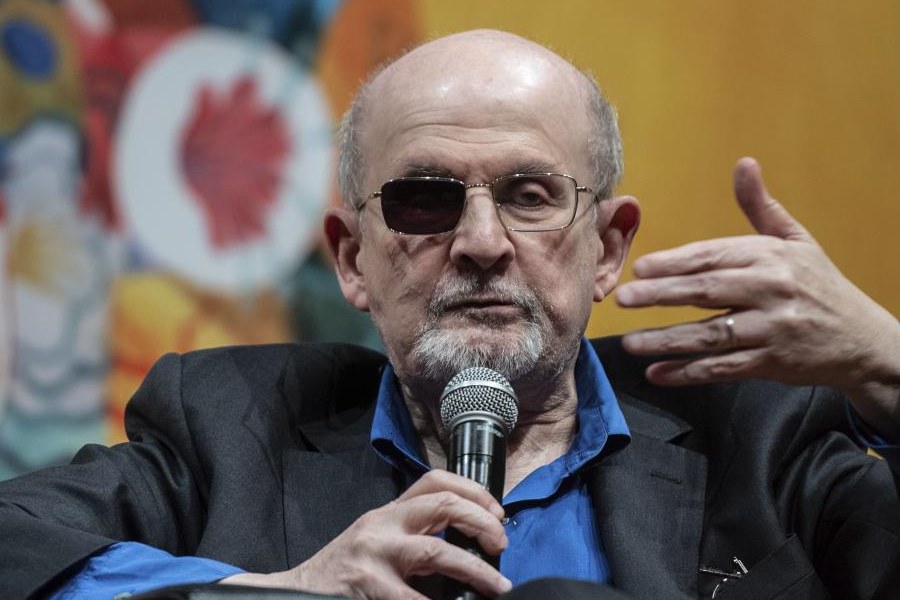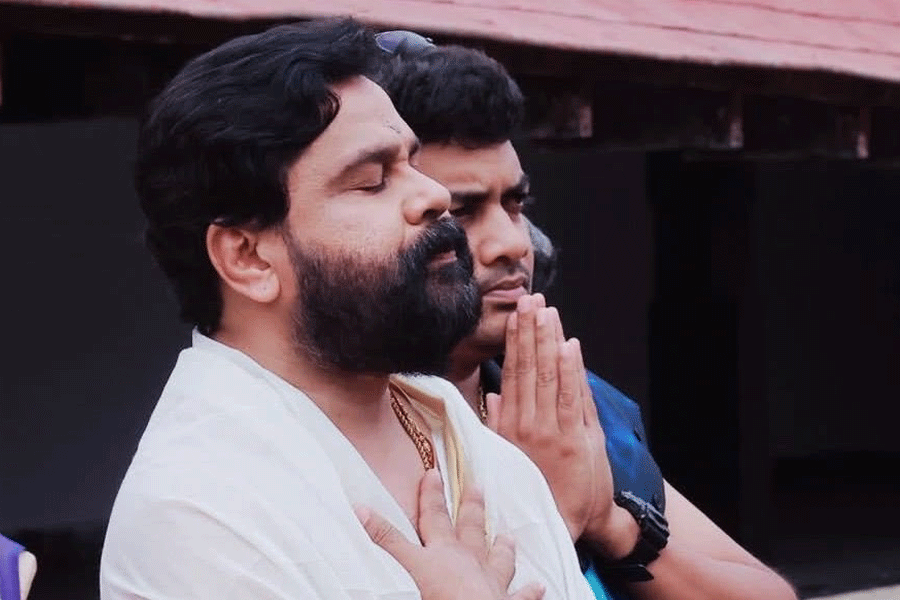Kaushik Ganguly’s films stand out for his choice of subject and Ardhangini, despite being on the common subject of marriage, break-up, the ex and the present, is no different from films that he directs. Produced by Surinder Films, it is a sensitively told tale of human relationships and their transformations entwined in a crisis, a subdued conflict and showing a way out through respect and dignity. As the film completes a week in the theatres, t2 talks to the director about the journey of its making. Spoiler alert! Excerpts.
The story of Ardhangini is very relevant to our times. What inspired you to put out such a story on screen and since when have you been working on it?
Not just in our times. It was always there. Marriage and break-ups always go hand in hand. The existence of the present and the ex was always there, not only for women but men too. It will always be relevant. As long as marriage exists, it will be relevant. In fact, even if people don’t marry, this problem between the ex and the present will remain. Past and present are relevant for all times. As long as civilisation exists, this will exist.
A film grows like a germ within us. When it becomes substantial, when it develops within, the content lets us know that it is time to bloom. Then I feel like let me write something on this or do work on it. It is a practice. I have seen so many friends, someone meeting their ex at a party, a sedimentation of all these occurs in my mind and it results in a fresh land where I can develop a story.
It is also an uncomfortable story. Do you agree?
Yes, definitely uncomfortable. In fact, the word ‘ardhangini’ itself is uncomfortable. For me, it is a very sarcastic word. In this chauvinist society, we don’t want to give women the entire, we want to give them a half. And I feel, you can never break a whole into two halves. We leave it at terming it as ‘ardhangini’, we don’t want to share the whole. It is a very old problem of many years. It is very uncomfortable. Life is very uncomfortable. It is not just about the ex and present. Even if we fight with someone and meet that person in an occasion, we feel discomfort. In such situations, a lot of people leave and some turn away their faces. This film talks of a very good road where with dignity and respect one can solve it. Whatever we can’t tolerate, we cannot tolerate but we have to face these changes in our life. It is very uncomfortable but it is also very useful to encounter this on screen rather than doing it in life. When one encounters it on screen, one can be more prepared. This is why people are liking the film so much, not only the urban audience but also in halls outside the city. Here it is a sick husband and his two wives — ex and present, this could have happened to a wife also and her two husbands. This crisis is unisex.
What were the challenges of telling this story?
It is very delicate, and had I not been sensitive, it could be a highly emotional drama, but that is not my schooling. I wanted to tell the story with a lot of dignity so that both women get a space to speak and both their situations are clear. It is not a very easy task to balance that. Everything has its own politics. Every relationship has its own politics. It is such a sensitive thing. If we hadn’t handled it sensitively, any woman who has faced this in her real life could be tremendously hurt. In different moments of their life, treating the ex and the present with dignity and respect was the biggest challenge. If a person’s philosophy is clear, if their intentions are clear then it should happen and we have luckily been able to do it.
The casting is so apt for every character….
I always write my script after deciding and finalising on the actors. Since it is a character of East Bengal… I have known Jaya (Ahsan) since Bishorjon. I know her skill and have also acted with her in Aborto, her debut film in India. So, I am very comfortable with her. I know her acting and her territory. With Churni (Ganguly), I have been working since our college days. We thought of two comfortable people together whom I can handle well and on whom I have confidence. In not even a single scene did I have to guide them regarding their acting.
Every character had so many shades to them. Which one seemed most challenging to you as a writer of the story?
For me creating the shades for each character itself was challenging. The number of shades we are giving to a character impacts how deeply it penetrates the minds of the audience. When we are unable to create those shades, it falls flat altogether. It applies to Koushik Sen’s character, to Ambarish’s character and also to their mother’s character.
The script handled so many delicate subjects all at once — the male ego, motherhood, the idea of feminism, choice, and deceit, and every scene was about intense emotions. Which scene was the most difficult to shoot?
The last one definitely. The climax. Where there is no other character and only the two of them are meeting. That was very tough and very strong I believe. Handling them was really strange in that scene. There was a kind of discomfort on the set. Churni and Jaya weren’t talking to each other on set, they created their own territory on the floor. Not even a casual meet-up conversation. So, we could feel that undercurrent, the undercurrent of them marking territories for each other. This is why the discomfort can be seen on the screen. They are good friends. In Bishorjon, Churni did the look set for Jaya. That comfort was not shown on screen. That discomfort was created. It was created by the characters themselves. Which is why even I wouldn’t get up from the monitor. I used to watch them. It was almost like two actors who don’t talk to each other but are having to work on the same set. They are just giving their individual shot well and then not talking to each other. Without doing anything there was a partition and so the scene was really challenging. The emotions were so gentle. It was really challenging because I knew that people would exit the hall watching that scene. So, it had to be good and I had to be very careful.
Acting was really the protagonist of this film. Would you agree?
Yes, 200 per cent. Sometimes people say it is not a great story. But this habit of looking for stories is a fault. You should not look for stories. An incident, a discomfort… that is only cinema. Why do we need a story that needs to start somewhere and complete a circle to end? Why does it have to be like this? One incident, one thought. In my film Shobdo, we didn’t have any story. One person couldn’t hear people’s voices, he listens to the sound of the ambience… just that. Every film will not have a story and that is how it is. And in a cinema, where the story diminishes and the emotions increase, the cinema goes to a different level. As you mentioned, uncomfortable… that discomfort is only cinema. In Karna Kunti Sangbad, there is no story in that. Karna met her and asked why she abandoned him… the height of discomfort between mother and son. That is only cinema.
The last scene suddenly shows the ex as a defeated hero. Did you have an alternate ending in mind?
Isn’t staying alone not moving on? It is her choice whether she will move on or not. Getting married cannot be a woman’s ultimate destination. It is not a disqualification that they haven’t married and it doesn’t mean they lost. I have great friends who have stayed alone and decided to stay alone. They haven’t been able to love another person. She is comfortable. When the lift closes, there’s no music. She even smiles once, there’s only the humming of the lift. Now that smile could be for Suman’s present happiness, it could be for knowing everything and knowing that she will not be able to say it for the rest of her life, could be thinking of the child and how sweet she is, she could be thinking like ‘what did I do, everything went on the way it had to and I stayed like a catalyst in this incident… what I did in the middle of the story’ or it could be that life is beautiful despite sadness and happiness…. There is sadness and death but the last word is tobu aanondo, tobu anonto jaage…
Are you satisfied telling the story the way you told it?
Yes, 100 per cent. And it feels so good now that I feel like telling the next part of the story. The story I have in my mind doesn’t end here, this is only half of the story that I wanted to tell. No one knows this yet. Can you imagine?!
Yours is a family of film-makers and actors… do you discuss the story at home?
Churni researched my film Shobdo. Now Ujaan (son) has also grown up and he also constantly contributes and he is also working with me. Every time we don’t give their names in credit but they have helped in so many things. I conveniently forget. It is like a team. My directorial team also contributes. They give a lot of ideas. One person cannot make a cinema. Only megalomaniac directors can say that. No director can do a cinema alone.










